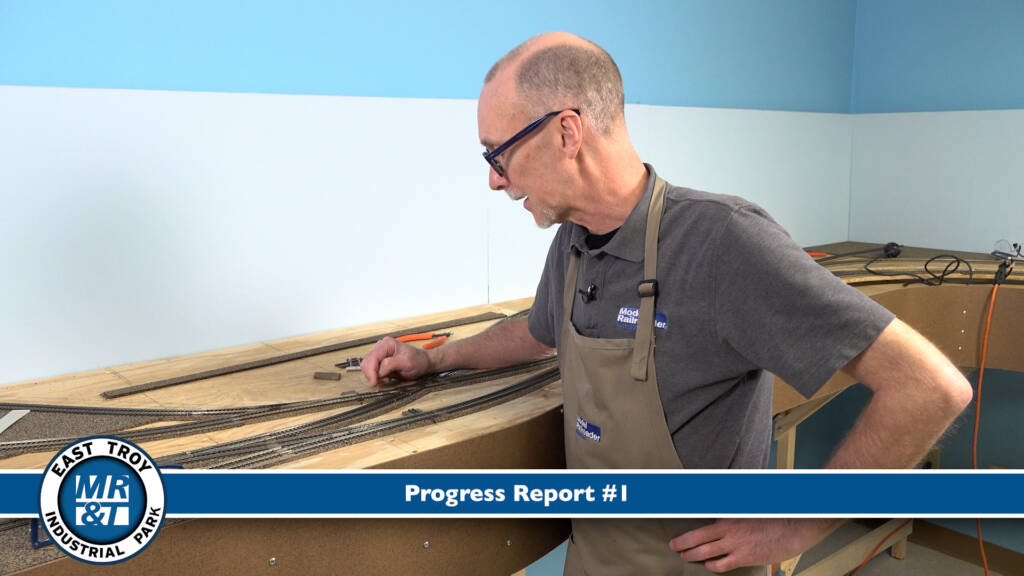
Now that trains are running on the HO scale East Troy Industrial Park (ETIP) project layout, David Popp hosts this BONUS video to share some of the behind-the-scenes efforts and design considerations the MR crew still needs to tackle. As so many model railroaders can attest, there’s no such thing as “finished” layout…especially when structure […]
Read More…
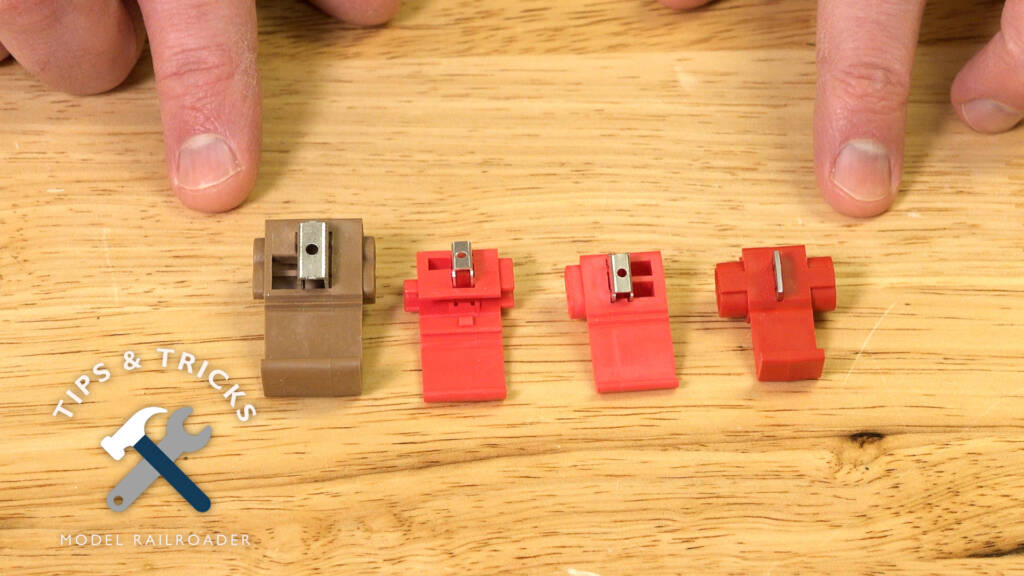
Working with suitcase connectors | While also known as insulation displacement connectors, the name “suitcase connector” is a more common term used to describe one the most helpful fasteners in all of model railroading. These plastic cases include a conductive metal blade used to bridge (electrically) two press-fit wires. Let David show you how to […]
Read More…
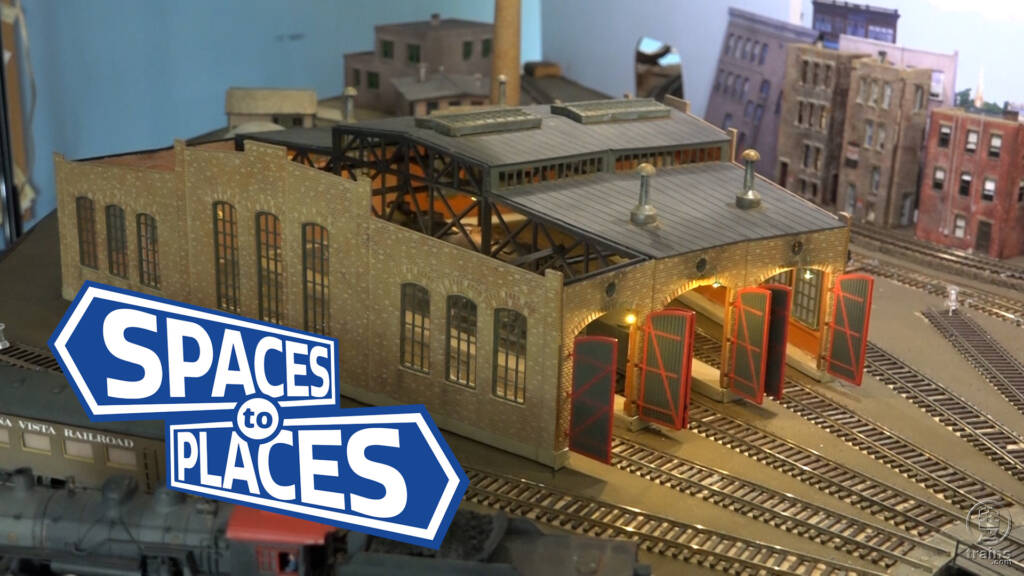
In this episode, Gerry Leone tackles another forgotten structure that will now fit right into his efforts to complete the classification yard and locomotive servicing area on his HO scale (1:87.1) Bona Vista model railroad. The focus of his attention is a previously assembled three-stall roundhouse that’s ripe for interior illumination and additional details. As […]
Read More…
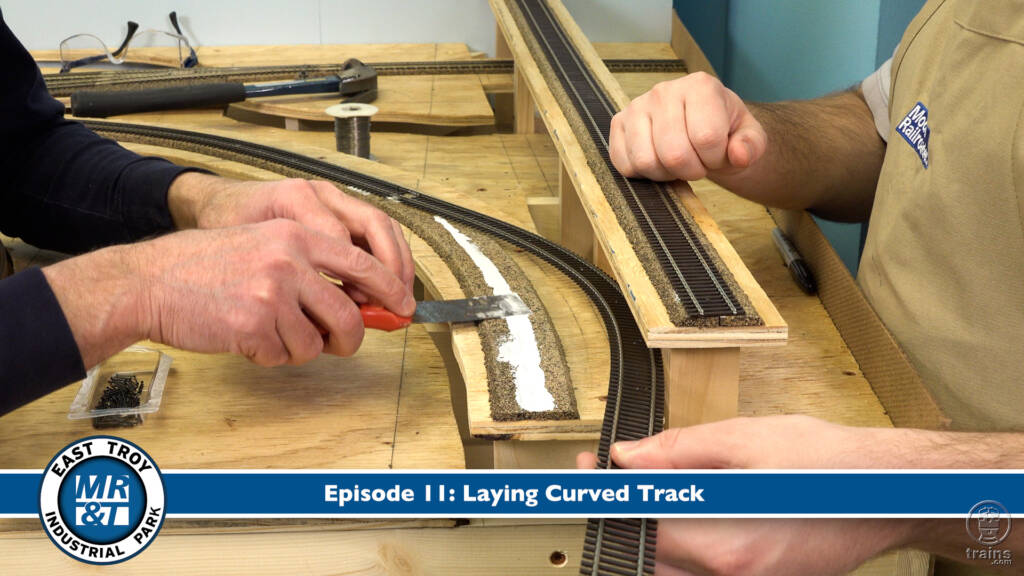
Hosts David Popp and Bryson Sleppy take a swing at the curves! Specifically, the process required to install sections of flexible track around the arching mainline, sidings, and spurs on the HO scale (1:87.1) East Troy Industrial Park project layout. Follow their insightful instructions for making free-flowing, yet reliable trackwork on your next model railroad! […]
Read More…
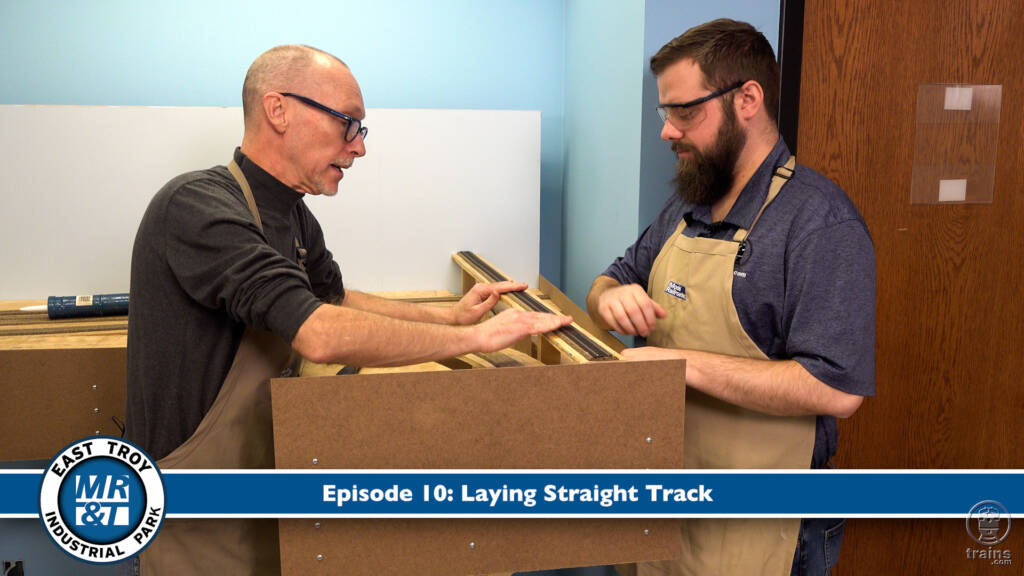
The HO scale (1:87.1) East Troy Industrial Park project layout wouldn’t be a model railroad without the trackwork! In this episode, hosts David Popp and Bryson Sleppy work to install sections of flexible straight track, before demonstrating how to add standard turnouts (track switches) along the line. Be sure to keep up with the construction […]
Read More…
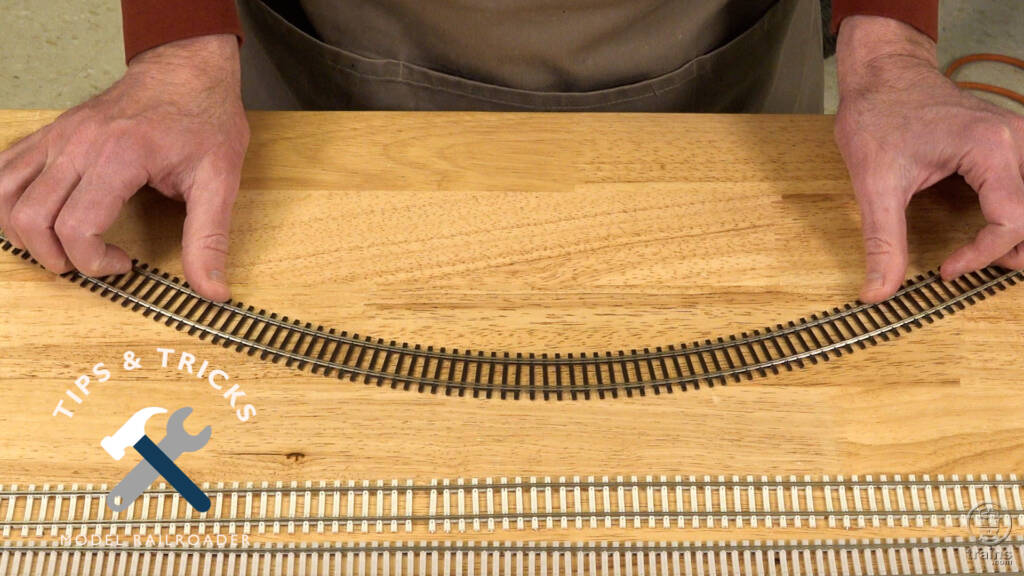
Track selection and tracklaying insights | Join David, as he first surveys a wide array of flexible trackwork offerings, and then shares helpful tips and tricks for properly preparing and installing sections of flex track on your next model railroad! Be sure to find other helpful videos like this in the How-to category on Trains.com […]
Read More…
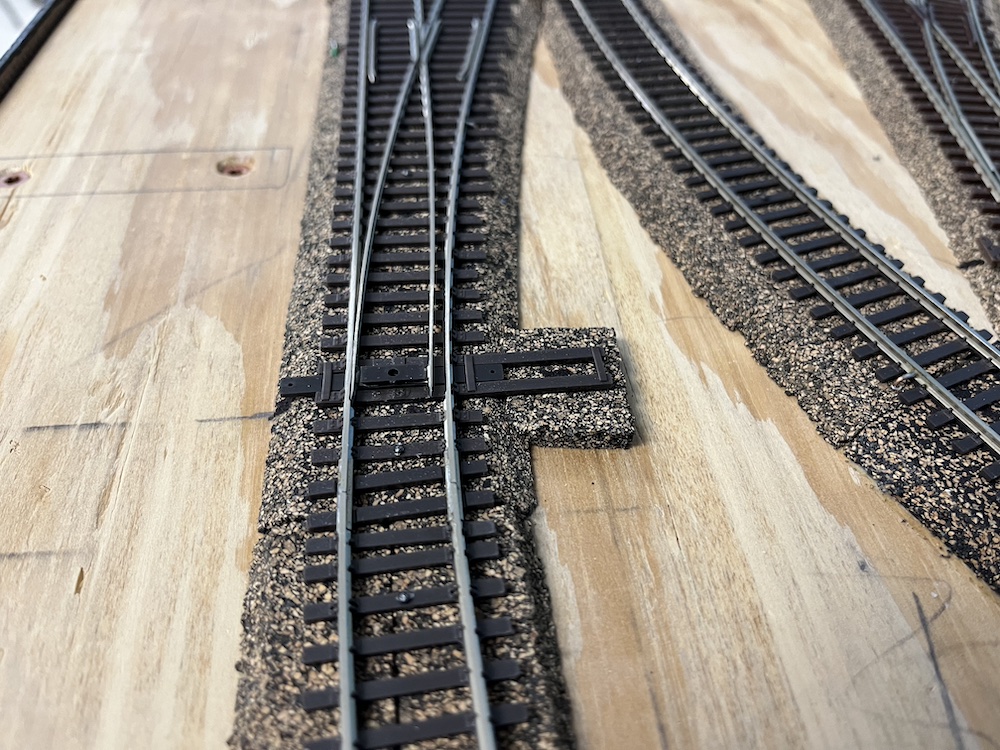
Learning how to install roadbed at a turnout, a place where tracks meet or diverge, is a valuable skill for all model railroaders to have. Installing strips of cork or foam roadbed for straight or curved tracks is a straightforward process. Mark the center line, split the roadbed sections into flexible strips, and glue them […]
Read More…
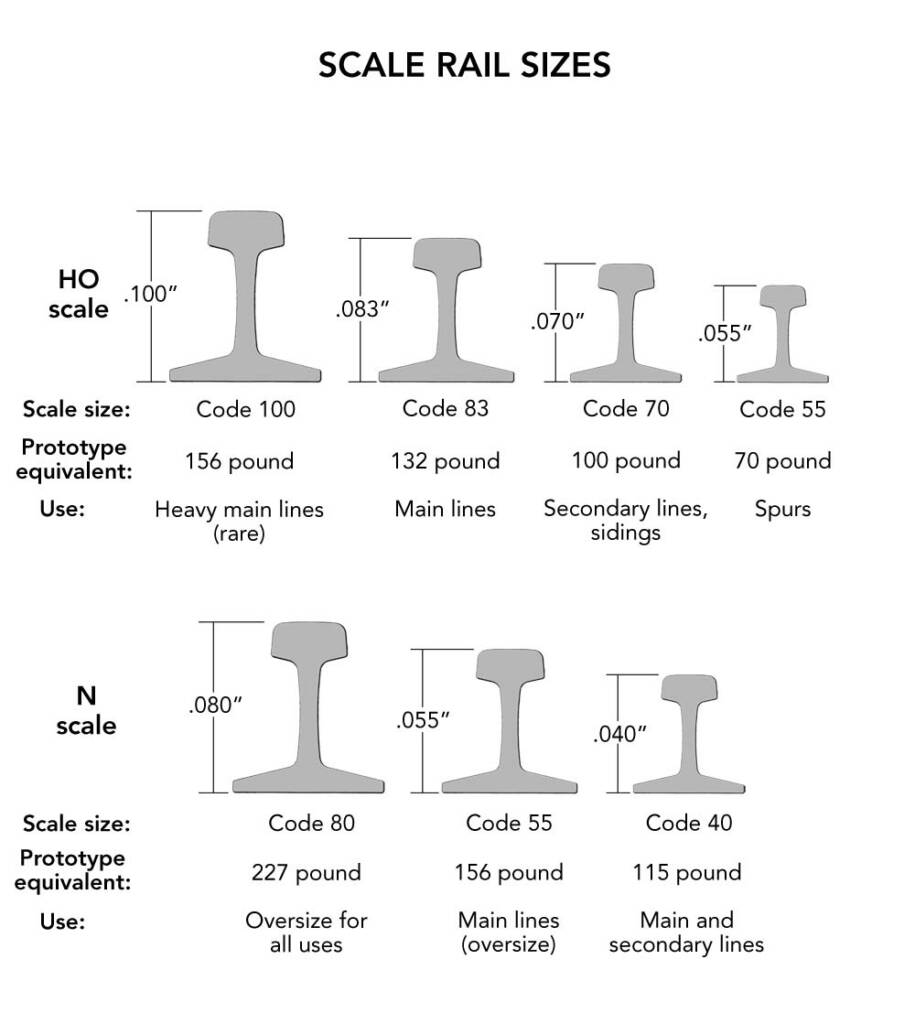
Track selection is among the first decisions you’ll have to make when you get started in model railroading, second only to scale. In HO (1:87.1), the two most commonly used track sizes are code 100 and code 83. “Code” refers to the height of the rail, measured in thousandths of an inch. For a lot […]
Read More…
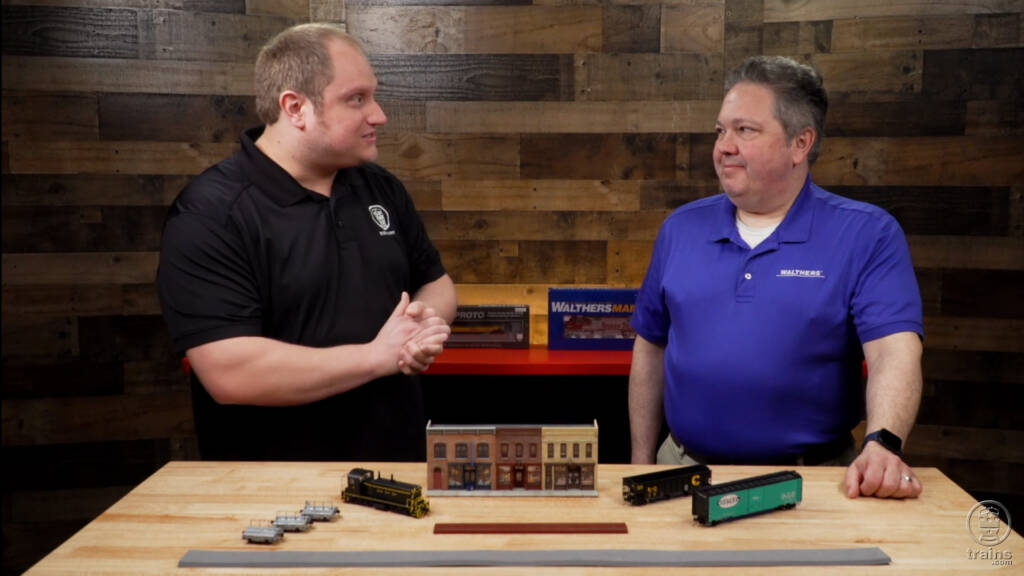
Trains.com Insider Interview | Wm. K. Walthers, Inc., Brand Manager Dana Kawala chats with Trains.com staff writer Lucas Iverson. More than simply talking trains, Dana reveals several new items that the well-established manufacturer/distributor currently has available for purchase or has queued for production. Gather insights on product design and practical use, as Dana and Lucas […]
Read More…
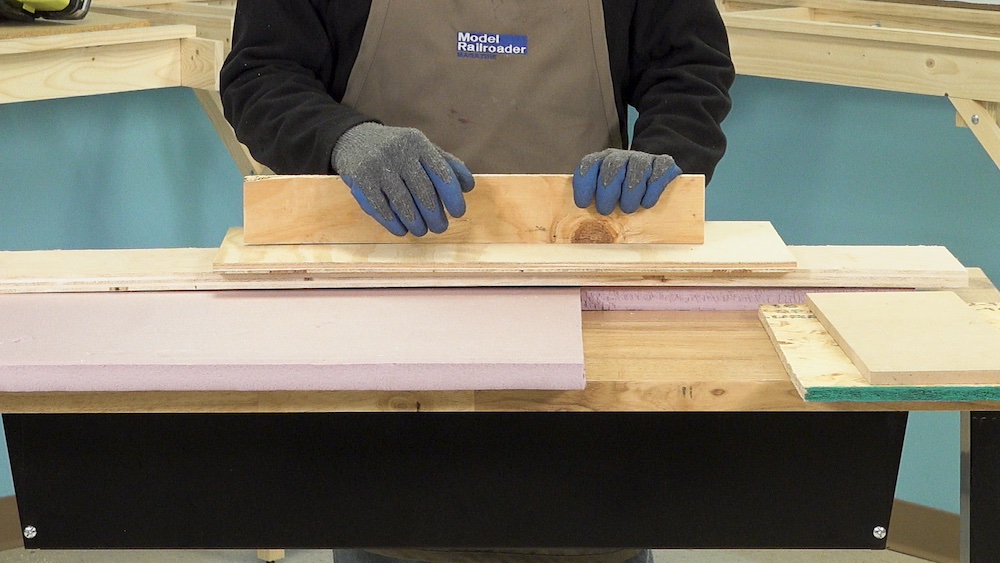
“Which type of subroadbed is right for me?” It’s a question that is especially asked by beginners. The subroadbed is the material that you place under your roadbed, track, and often scenery. It serves as the foundation for your model railroad, so choosing the correct material is very important. Before evaluating good subroadbed options, let’s […]
Read More…
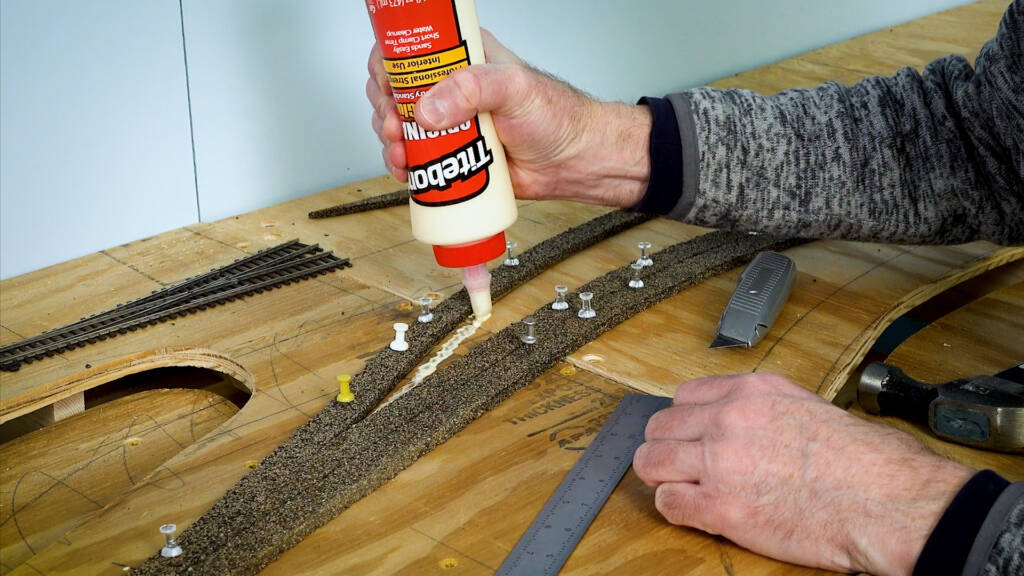
Installing roadbed at turnouts | Watch and learn how to lay cork roadbed material under track switches of any scale or gauge. Follow along with David’s helpful tips and tricks, and you’ll be well under way to providing a smooth and level base for under the most critical locations of your model railroad trackwork! Be […]
Read More…
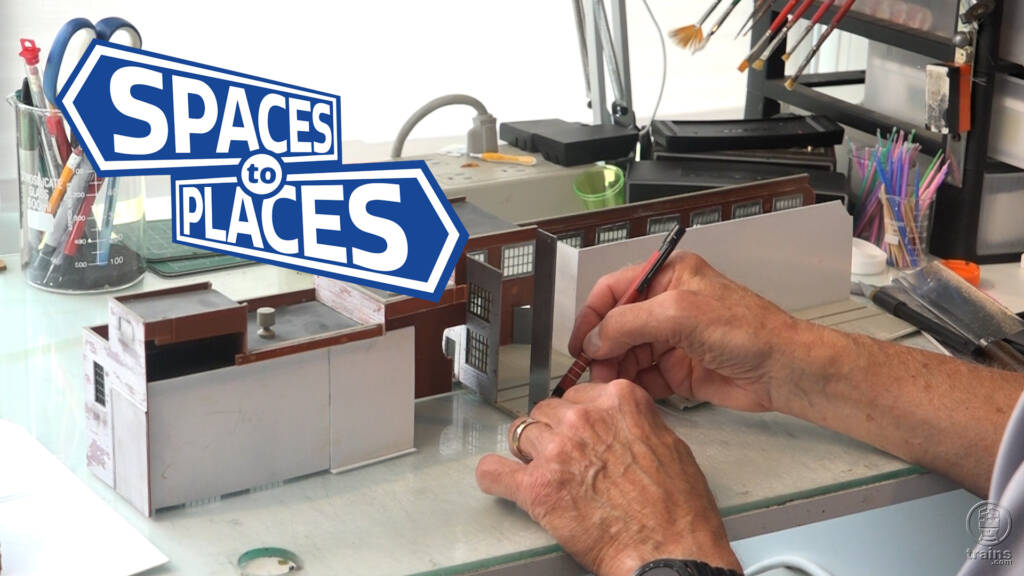
Follow host Gerry Leone as he digs into the plans and efforts to rework a structure he initially kitbashed for a previous iteration of his HO scale (1:87.1) Bona Vista model railroad. But first, he ventures back to the old familiar set of his “Off The Rails” series, all with the objective of answering a […]
Read More…












